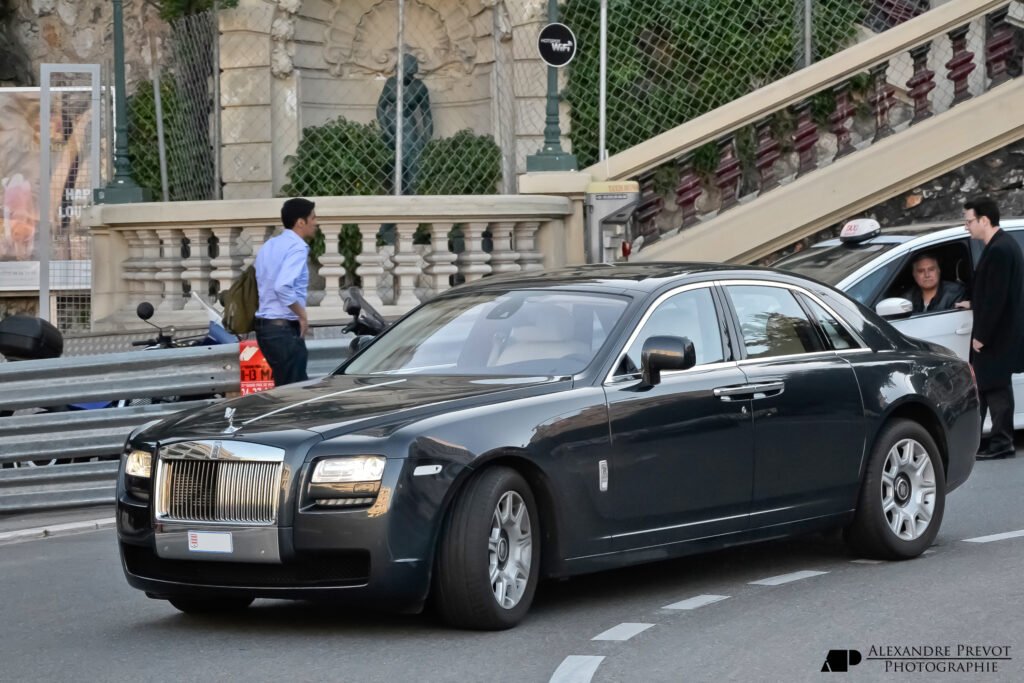Platform sharing has become increasingly popular in recent years, as manufacturers look to cut costs and stay competitive. VW are doing it, BMW are doing it, as are most US manufacturers.
So what exactly is platform sharing and why should you care about it? Well, a platform can be defined in a variety of ways, but if we are to take VW’s definition, it is ‘a unit that has no impact on the vehicle’s outer skin that is a chassis including the inner wheelhouses and that comprises as many as 65 per cent of component parts.’ Simply put, it’s everything you can’t see from the outside.
Platform sharing, is when two or more models (sometimes from different manufacturers) are built on the same platform. The differences in final product will be found mostly in the exterior design, interior, branding and electronic mapping of the drivetrain. In other words, the cars will look different, but under the skin they will be very similar, in some cases identical.
The VW group are prolific executors of this procedure. The most successful example, their ‘MQB’ platform, is shared between….ready for it…. the VW Golf, VW Passat, VW Atlas, VW Touran, Audi Q2, Audi A3, Audi TT, Skoda Octavia, Skoda Superb and Seat Leon. While many of these vehicles (take the Audi TT and VW Touran) look nothing like each other, surprisingly, they share similar underpinnings.
Manufacturers do this for one simple reason: cost. While exterior and interior design are undoubtedly important, the bulk of the development cost for any given vehicle will be for the mechanic-y bits. Developing a new vehicle is estimated to cost ‘from $1 billion’ and ‘over $6 billion’ if the model is set to feature a new engine and gearbox, according to John Wolkonowicz, Senior Auto Analyst for North America at IHS Global.
Not only do all the various components need to be designed to competitive levels of performance in an already crowded market, but they then need to be homologated for road use, which often involves a costly and lengthy process to ensure the product meets all emissions and safety regulations.
Platform sharing can benefit manufactures and consumers. Being able to spread development cost thinly across a variety of models will allow the manufacturer to price each car more competitively. It will also allow them to spend a lot more on said development. The MQB platform mentioned above is estimated to have cost over $60 billion to develop. If you’re sceptical about whether the benefits of such expenditure can really be felt, take a VW Golf for a test drive. The car feels sorted, well-built and oozes quality like a car well beyond its price point. In part, this is thanks to platform sharing.
The practice can backfire, however. Take the Mercedes X class – the luxury pick-up truck no longer in production due to poor sales. It shared a platform with the Nissan Navara, and this fact being commonly known, buyers struggled to justify the €15,000 premium over the Nissan for what was essentially the same car albeit with a slightly swankier interior. Likewise, the latest edition of the legendary Toyota Supra has been criticised for sharing a platform with the BMW Z4. Not that there is anything wrong with the BMW Z4, on the contrary, it is a very accomplished car, but Toyota fans felt that the Supra is iconic enough to not have to share a platform with anything, and I would probably agree.
For high-end luxury car customers, platform sharing has proved something of a double-edged sword. The Bentley Bentagya and Lamborghini Urus both share a platform with lesser VW group products like the Audi Q7 and VW Touareg. On the one hand, some customers have not appreciated that their €200,000+ SUV has to share parts with ‘common’, factory produced cars. This was one of the primary criticisms of the first-generation Rolls Royce Ghost, which was built on the BMW 7 series platform. On the other hand, this means that you can buy a Bentley or Lamborghini, safe in the knowledge that the all-important underpinnings have been properly engineered and stress tested to last far into the future and be easy to repair if they do go wrong – something that you could not say of such high-end vehicles 20 years ago.
Stephanie Brinley, Principal Automotive Analyst for IHS Markit, told Autoblog in an interview that the practice of platform sharing is only going to increase in popularity over the coming years, as electric cars are inherently less complex in their assembly and therefore a single platform could be applied to a very wide variety of models. If platform sharing continues to emerge as the way forward for many companies, we could even see a return of coach building – a practice from the early years of car production where the ‘coach builder’ would buy a ready-to-roll frame which included the chassis, engine and gearbox, and then simply build a car on top of it, allowing them to focus 100% on design.








Click here to change your cookie preferences